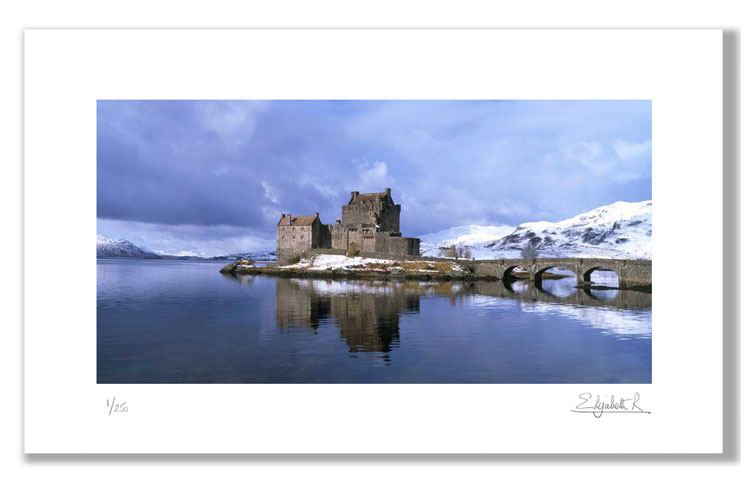Limited Edition Prints

What Are Limited Editions?
Limited edition reproductions are produced in limited numbers, which is intended to make the picture more exclusive. For very popular work the market price can rise over time, if demand outstrips supply.
Edition sizes vary, but the size of the edition is a marketing decision and has nothing to do with the constraints of the printing process.
Contrary to popular belief you do not have to have every print in your edition printed in one go. The amount of prints in an edition is simply a promise that you will not ever produce more than that amount in the future.
Open or Limited Edition Printing?
Once the scan or digital file from the original artwork has been proofed on the chosen media, the self-publishing artist or photographer can choose between open or limited edition print reproduction.
Open Editions Prints can be produced in any quantity and the image may also be printed on other media and used in other ways, such as a greeting card. Open editions tend to sell for less than limited editions and are much less likely to increase in value.
Limited Edition Prints are produced in limited numbers, which makes the image more exclusive and therefore more valuable. Limited edition sizes vary, but can be any number from as few as 10 up to 500 with a commitment that no other reproduction of the image will be made.
The number in the edition is often written by hand in pencil underneath the picture, or it may be printed at the bottom of the picture and be hidden by the frame. Limited editions are usually signed by the artist, which can help increase their value, particularly if the artist is famous.
Remember that a limited edition Giclee print run does not have to be printed all in one go; you are not committed to the high quantities or costs of traditional printing methods like offset litho. You can cut down your costs by only printing what you sell and you benefit from not having unsold prints that have cost you money to produce and may never sell at all.
Limited Edition Printing - Some Common Questions
If you decide to publish your artwork as a limited edition print, can you change the quantity of the prints produced later or even change the media or size of the prints in the run?
The answer is to make your intentions clear at the outset - your marketing material and certificate of authenticity should all clearly state the number of prints in the edition, their size(s) and the media(s) to be printed on. So for example, it would be OK to state a limited edition of 50 prints with 25 prints at 20ins x 16ins on Baryta and a further 25 prints at A2 on Photo Rag so long as this was made clear at the outset.
It would be unethical and damaging to your reputation to later extend your limited edition once all the prints have been sold. Equally it would be unethical to use the same artwork on a Christmas card or any other commercial media, once your artwork has been published a a limited edition, it should not appear on further prints or in any other form.
Redcliffe Certificate of Authenticity
To help you market your limited edition giclee print, we can provide you with our own certificate of authenticity. The certificates are printed on archival paper and left blank to be signed by both the artist and printmaker, it contains information on the artist, the title of the work, the media used and the number and date of the edition.
MORE - Certificate of Authenticity